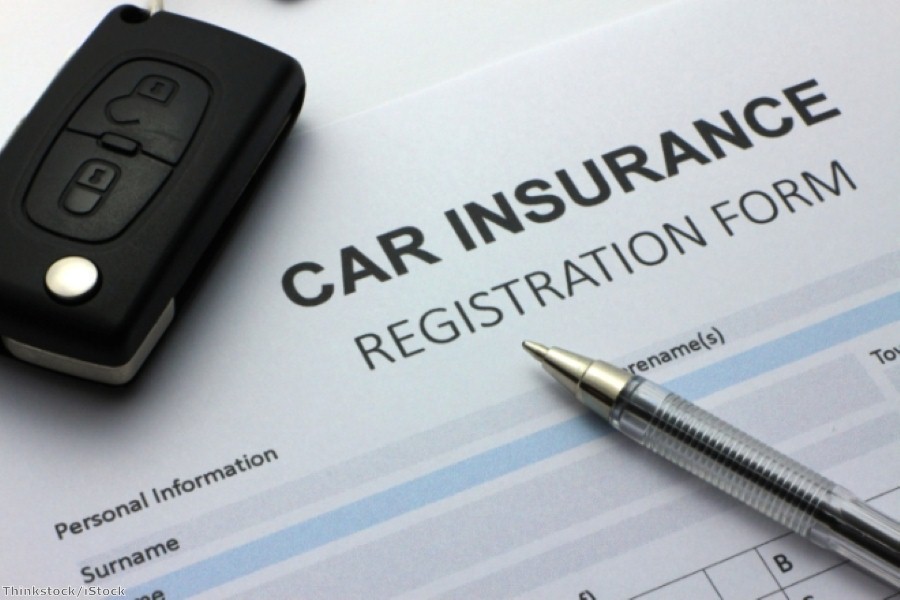The Association of British Insurers (ABI) has revealed that 59,900 staged or exaggerated motor insurance claims were exposed during 2013, which represents a 34 per cent increase compared to the previous year.
According to the organisation, the value of these bogus claims reached £811 million, up 32 per cent on 2012’s figure, leading to a £90 increase in premiums for each motorists with a valid insurance policy on average.
These scammers not only put themselves at risk, but also endanger the lives of other motorists on the road so they can claim compensation for injuries sustained during these collisions.
Worryingly, a study undertaken by a price comparison website found that one in 20 drivers under 35 have confessed to staging a deliberate accident, while a further 15 per cent would consider intentionally causing a collision to earn some extra money.
Crash-for-cash scams
According to research from the car insurance industry, crash-for-cash scammers generally use three different tactics when deliberating causing an accident. The first involves two people crashing into each other on purpose in order to claim on each other insurance policies, meaning both parties are scammers.
The second, known as contrived accidents, sees fraudsters inventing accidents that never happened, which could see an innocent motorists penalised for a fictional incident if they are unable to prove it didn’t happen. The third tactic involves the scammer purposely driving dangerously to force a collision with an unsuspecting driver, which is known as an induced accident and is the most common type of scam.
How to avoid scammers
When driving, the simplest way to avoid becoming a victim of a fraudster is to drive safely and pay attention at all times. This advice may sound just like common sense, but it will help motorists to watch out for any others driving erratically, allowing them time to move out of the way.
In addition, motorists should always ensure there is a safe distance between themselves and the car in front, as this will allow time to brake quickly if the other motorists stops suddenly. Furthermore, drivers should always anticipate the road, as well as any potential hazards, ahead, as vigilance could provide them with the time needed to make a quick avoidance manoeuvre.
What to do if a driver falls victim to a fraudster?
Even the most keen-eyed and careful drivers could fall foul of crash-for-cash scammers, which means it is very important to know how to deal with a fraudster after a collision. First and foremost, a motorist must do their best to remain calm, as shouting and screaming will not improve the situation and could lead to things worsening. Take a few deep breaths before getting out of the car and grab a pen and paper to take down as much detail as possible.
If possible, take a note of the registration number of the other car before talking to the other driver, as they may try to obstruct this once engaged in conversation. Write as much information down as you can, including the person’s name, number, address and insurance information. Try to flag down any passing cars or pedestrians who may have been witness to the accident, as their statements will be vital in proving the other driver is a scammer.
Jot down how many passengers were in the fraudster’s car, as some may be invented when insurance companies become involved for compensation, and note down a brief description of the car and driver – which can be done before or after dealing with the other motorist. In addition, snapping a quick photo of the car and scene on your phone may prove useful at a later date, especially when proving how many passengers were involved.
Do not get involved in an argument over who is at fault and under no circumstances must you admit liability at the scene if you think the other driver may be a scammer. The fraudster may suggest settling the incident without involving insurance companies, but you must refuse as this could be another tactic to exploit you for money. You could handover the cost of the repairs and assume the matter to be settled, but the scammer may continue to harass you for money or attempt to make a claim through their insurance regardless.
Posted by Emma George
